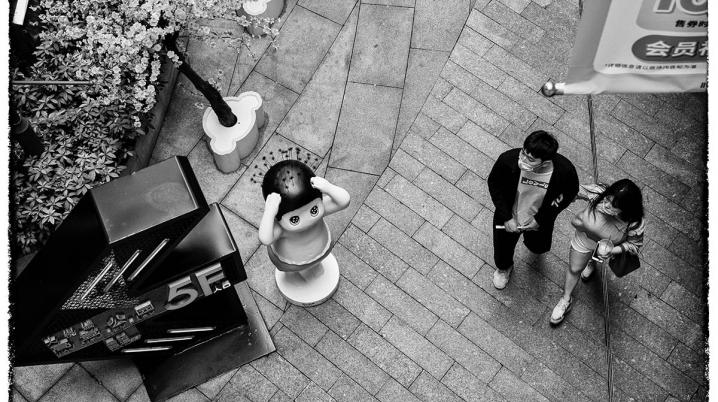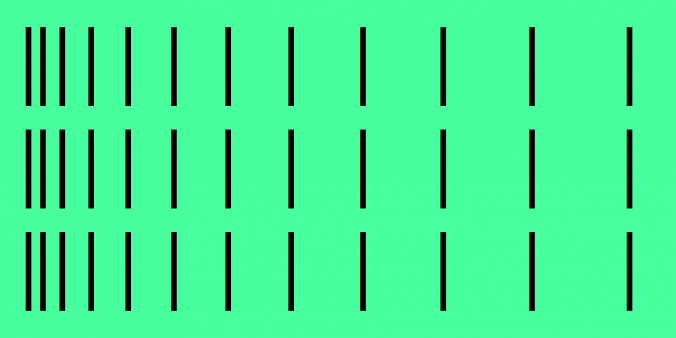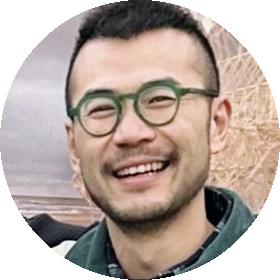
On 11th June, with a 6-hour time difference, 8 Shanghai residents tuned in from their home or office to the studio of Pakhuis de Zwijger in Amsterdam. Amongst the speakers were a journalist, architect, cultural producer, social change maker and community leader, art curator and independent artist. They had an extensive conversation with moderator Zoë Papaikonomou and shared insights on the situation and impact of COVID-19 in Shanghai. (Video below)
Background
As the biggest city and business flagship of China, now the second largest economy of the world, Shanghai initiated the highest level of response for major public health emergency in late January, when the COVID-19 pandemic just started in Wuhan. The lockdown, however, didn’t last for too long. Strict monitoring and tracing measurement with the help of big data analysis effectively avoided the virus from wide spreading in the city.
From early-mid March onwards, daily urban life in Shanghai has gradually revoked to its usual hustle and bustle, while the pandemic is rampant in other parts of the world. Shopping malls, restaurants, gyms and even nightclubs re-opened to the public, and so did museums, galleries, performing art stages and amusement parks. According to the official data, Shanghai has recorded about 700 confirmed case so far, including 7 deaths - a marvelous job for a mega city with a larger population and more density than the entire Netherlands.
A multidimensional story
Tabitha Speelman, sinologist and former correspondent of Trouw, was first to tell her story and recollected her memory of Shanghai’s lockdown. Speelman told that generally-speaking Shanghai has been infected mildly due to the early lockdown. ‘It was similar to the lockdown in the Netherlands, where people were still allowed to go out for basic necessities while not working in the office.’
Frank Tsai, civil society organiser, pointed out the monitoring arrangements in Shanghai during and after the lockdown. ‘There were a lot of security checks when entering and leaving your complex. Many bars, restaurants check body temperature. In one way it’s more relaxed.’ Tsai said, ‘If something happens, it’s tackled right away.’ He specifically mentioned that many people, often the seniors, volunteer for the duties of monitoring – which he attributes to the authority’s capability to mobilise people.
Speelman published an article in the context of COVID-19 on 29th May in the Dutch newspaper NRC titled Europa heeft een nieuwe blik op China hard nodig (Europe needs a new view on China urgently). When asked about the intention behind the article, she explained that, ‘as China is becoming more important in the discourse in the Netherlands, it’d be worth investing into some interesting resources and try to gain a multidimensional understanding of the Chinese state and society.’ Speelman pointed out that the discussion about the coronavirus was an example. ‘It was very much politics only, which is a dominant lens because of course the Chinese system is so different from the European. … But it also leaves out a lot about, for instance, a very important public health story that Europe needed to start preparing immediately. It was also a civil society story, a globalisation story.’
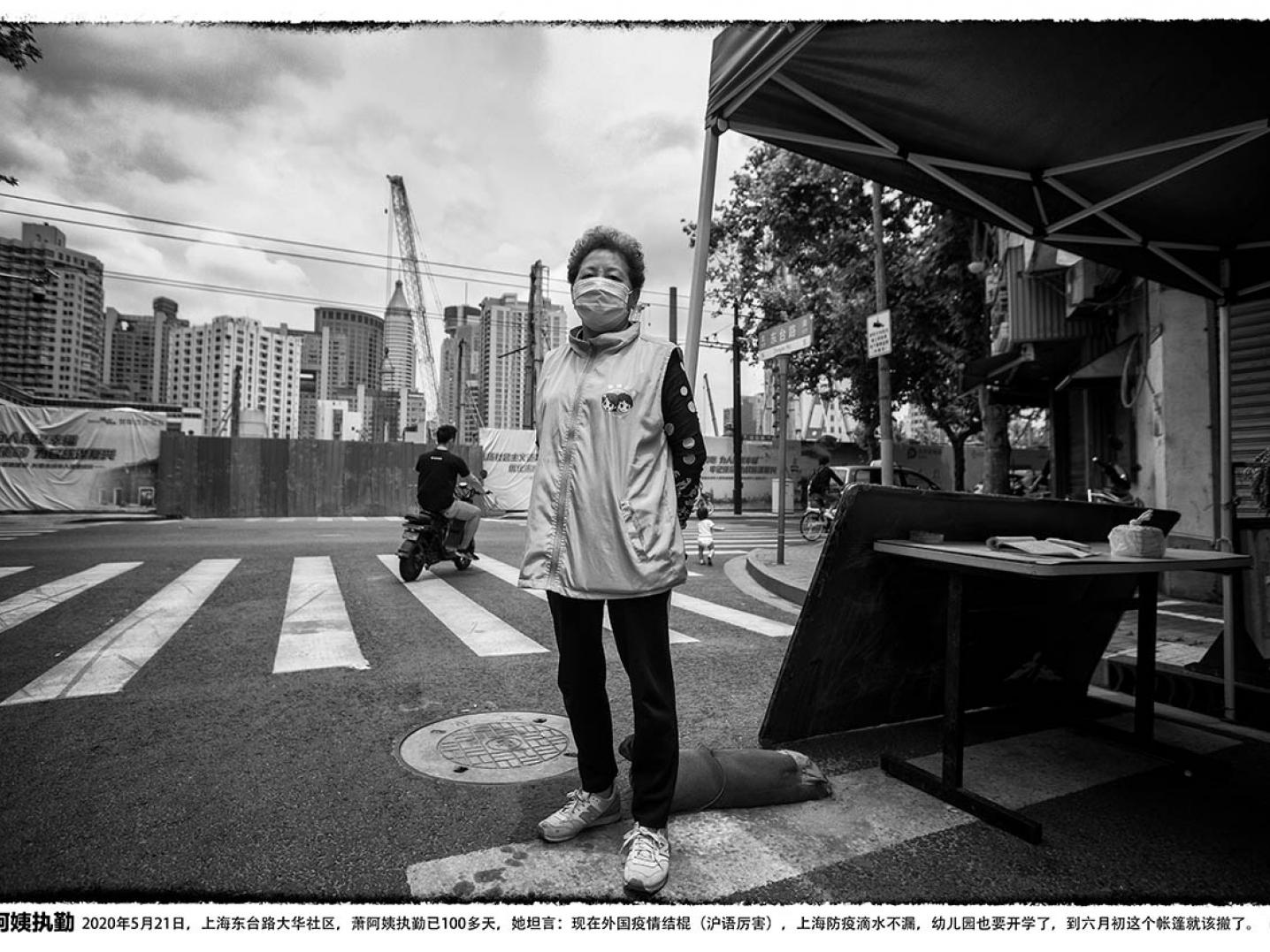
Community-based urban structure and the minorities
Shanghai has a large domestic migrant worker population coming from provinces across China. They are nearly invisible in the main discourse but crucial to the functioning of everyday urban life. Chen Yun is a Shanghai-born cultural producer and curator. She had a price-winning project at Shanghai Biennial 2016, initiating a ‘mutual aid society’ within a working class and migrant neighbourhood in Shanghai. The project became a self-organized venue for studies, communication, reflection, and social services.
After the lockdown Chen visited the very community again. She introduced two aspects in her observation with photographs. ‘The COVID-19 is a disaster for small business on grassroot level, but when I visited the street market there (as the core of the old community), I found it interesting that most vendors are running the business quite ok’, Chen said, ‘mainly due to the low rent in such old community and the government’s recent call to support vendor business’. With another image, she noticed that real estate agents are back to business as usual, which indicates urban renewal as the destiny or unchangeable subject for such neighbourhood in Shanghai.
Dutch architect Mark Dekker relocated from the Netherlands to Shanghai in 2012. Because he values the 24/7 non-stop energy of the city and the spontaneity of life surprises him every day. The energy passes on to himself, his work and makes him feel rejuvenated and reinvented. COVID-19 caused the streets of Shanghai to be empty, the spontaneity was limited, but he still senses such energy was just hidden ‘under there’.
He continued the topic of city landscape under COVID-19 in Shanghai. He pointed out that the city is organised in the form of communities, which are responsible by itself to help contain the virus. He finds the communities at his residence and workspace extremely helpful with up-to-date information. It also makes that he knows his community better and the community is bringing people together with trust.
Further, Dekker proposed that Dutch architects can contribute to the task to organise small communities into bigger scale in China. ‘The Netherlands has a long history of making communities,’ Dekker explained, ‘we have a good sense of how to bring human scale into the projects, and also how to organise social coherence and security in a self-evident way. In China, a big task for us is to work together with local communities to contribute with our way of thinking, and bring that kind of scale into the building or the structure.’
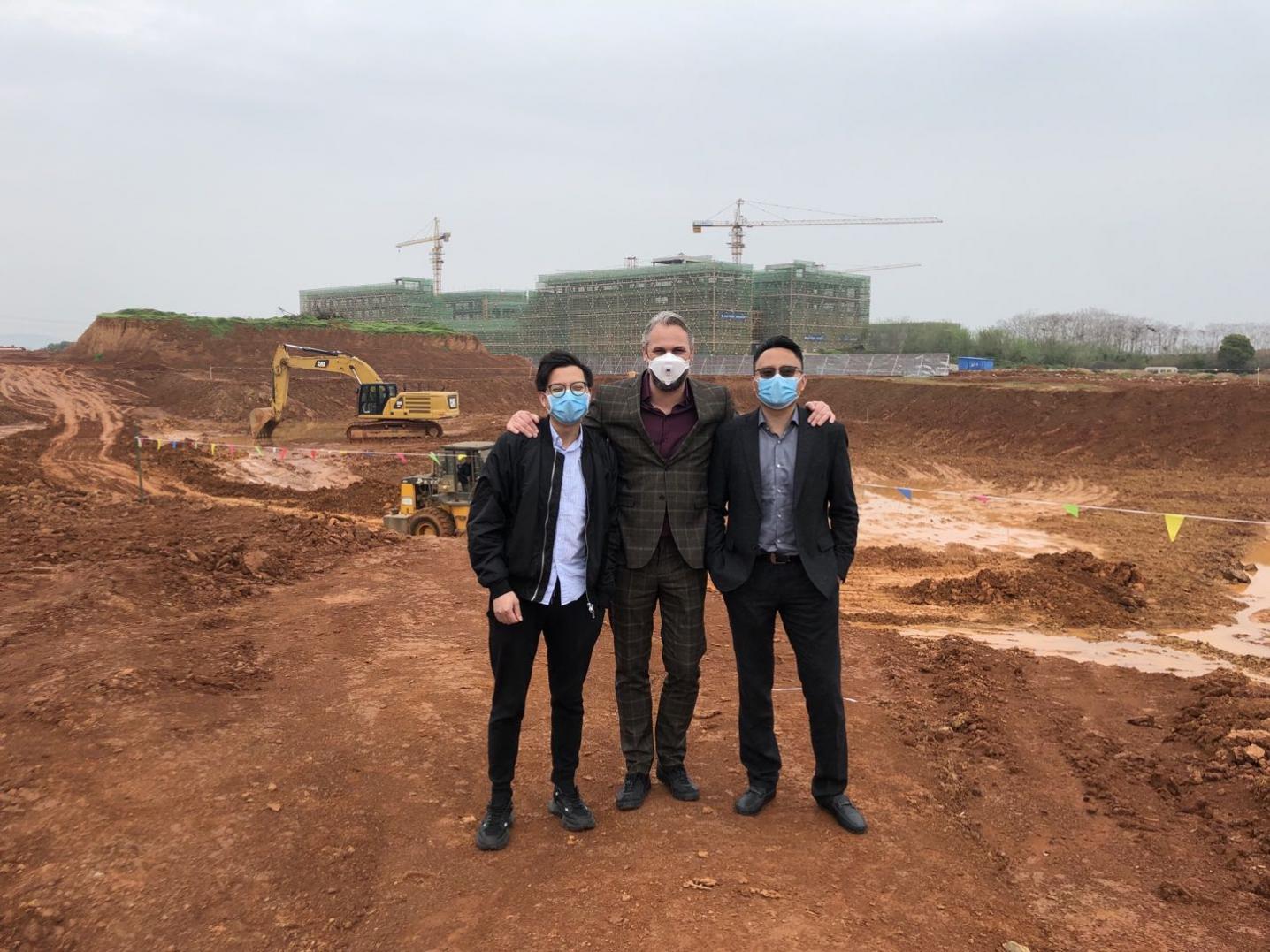
Trained as an engineer, Charlene Liu is now a social change maker and community leader. She co-founded the Shanghai Pride and Ladies Who Tech, promoting respectively the visibility of the LGBTQ community and gender equality in the tech field in the city. She introduced the Shanghai Pride; its 12 years of development and the variety of events at the 2020 edition, which kicked off on 13th of June with extra measurements and attention to the COVID-19 situation, as ‘social distancing becomes a routine and part of daily life’.
‘In China, there’s no law about LGBTQ (community). Normally when we talk about rights, it’s through HIV prevention. The topic of LGBTQ usually comes up.’ Liu explained the strategy of Shanghai Pride in a society where homosexuality is absent from the mainstream discourse. ‘Issues that the community faces are mainly around the pressure that comes from family and the society – whether you want to get married, start a family or have kids. Arranged marriages are very common and popular. This is not what we recommend but it happens.’ She added. ‘There’s discrimination because of HIV or AIDS. We want to make a change, that’s why we created the Pride.’ Further, Liu specifically acknowledged the consistent support of her work from the Dutch Consulate General.

Pros and cons of new technology
China has been recognized for its advance with digital development, with for example cashless payment, facial recognition, the ‘super app’ Wechat, 5G infrastructure development, etc. While in the Netherlands people are debating on the ‘corona app’, especially on its safety in protecting personal information and privacy, in Shanghai – as well as in other cities across China – the Shanghai QR Code, among other health applications, was implemented as a certain kind of health certificate already in February. A few panellists shared their own different experiences of using these apps in Shanghai.
Vytas Jankauskas, head of research/creation of Chronus Art Center (CAC) for new media art, introduced his interesting interaction with a virtual nurse slash emoji user during his 14-day quarantine after returning from abroad. ‘Whether these apps are secure or not is less discussed.’ He said, ‘it’s a top-down approach with centralised control. Data is another question.’
Frank Tsai, however, provided another view on the topic of privacy. ‘We all think that China is a country where people don’t care about privacy. In many aspects this is probably true. But another question you could ask yourself is: is that something special about China, or is that something special about Europe?’ He pointed that people living in an open country like the Netherlands for hundreds of years may find it difficult to understand ‘the shoes other countries wear’. ‘Some restrictions might be necessary in order to have security.’ Tsai said.

Rediscover the internet for solidarity and global communication
Karen Smith, artistic director of Shanghai Centre of Photography (SCôP); a non-profit institution located in the heart of the burgeoning West Bund art district, which was deserted in late January. She told that, although postponed for about two months, her museum was still fortunate to unveil an international touring exhibition called Beyond Fashion, one of the well-prepared activities to mark the institution’s 5-year anniversary.
‘How to use photography to start a new conversation in China’ is the slogan of the SCôP. ‘How to communicate and what it means to read photography is a real opportunity given to us by the lockdown.’ Smith introduced that the SCôP started the series called Home, But Not Alone, asking photographers, also other creatives and people in their community to show photographs how they were living their daily life. ‘While it was good to have the opportunity to put a lot of artworks online, it’s not the best experience for looking at art. And it felt a bit frivolous for some of us just talking about art at a time when other people are really suffering in different ways.’ She adds. ‘But at least photography allows us to somehow share the experiences and it’s proved to be tremendously popular.’
Vytas Jankauskas also shared about the CAC’s alternative initiatives in response to COVID-19. In March they emailed to various institutions of media art around the world to propose an online exhibition ‘where we all could show solidarity’, and got immediate response. It resulted in the virtual show called We Link. His institution also decided to make internet the theme of this year’s program. They are starting an artist-in-residency program called World Wide What, to discover ‘what is going to come out of the internet and to make sense out of the (COVID-19) situation.’
Both Smith and Jankauskas mentioned how internet is re-shaping the ways we live and talk to each other. ‘China has gone very quickly into very high-end technology and of course 5G would allow so much more to happen. But the prevalence of online mechanism like Zoom, Teams, really allows us to open up conversations across borders that we never had before.’ Smith emphasised. ‘Of course, we knew it was possible – people have been using Skype for years, but actually being able to have conversations that could be livestreamed, people can join, and bring people together from different part of the world… In a way it’s a very positive outcome of what’s being happening so far.’
During the program, renowned Chinese jazz singer Coco Zhao who is ‘happily stuck in Amsterdam because of the corona’, gave a heart-warming live performance in the studio. He shared that he’s busy with all the alternative possibilities for his music career by starting online teaching and making music together with other musicians via livestreaming. ‘I think artists always try to find ways to fight through’ He said, which wass echoed by independent producer, performing artist and multidisciplinary choreographer Nunu Kong, who connected with the programme from her home in Shanghai.
Kong clearly identifies herself as an independent artist without institutional background. Despite some performances being postponed, chances for international cooperation being reduced, some funding applications failed, and her teaching jobs becoming ‘a distant echo’, she said she’s used to live in an uncertain state that is the freelance lifestyle. ‘Being independent means that I have to depend on myself for most of the time. Even though there’s the pandemic, I don’t think my story can or should end.’
At the end of the program, cultural producer and curator Chen Yun concluded that the challenge brought by COVID-19 is both local and international, which has important implications for the art and creative sector. ‘I think that to do things firstly through local experience, and at the same time naturally connect to other localities will be very useful… Also, the more preparation we have on a daily level, the more we might (be able to) contribute to others, in terms of the COVID-19 crisis and especially afterwards.’ She pointed out that the crisis has actually just started and that it might last for a long time. ‘But, it’s exactly such a context in daily life that stimulates art and creativity in Shanghai and in the world.’
Check out the complete overview of Dutch cultural activities in China in our Database.
If you are a cultural professional who wants to go to China, feel free to contact our China advisor Ian Yang.
For funding possibilities, check out our Cultural Mobility Funding Guide or the websites of our partners EYE International, Film Fund, Fonds Podiumkunsten, Het Nieuwe Instituut, Letterenfonds, Mondriaan Fonds, Stimuleringsfonds Creatieve Industries, the Embassy of the Kingdom of the Netherlands in Beijing, China or the Consulate-Generals of the Netherlands in Chongqing, Guangzhou, Hong Kong and Shanghai.
